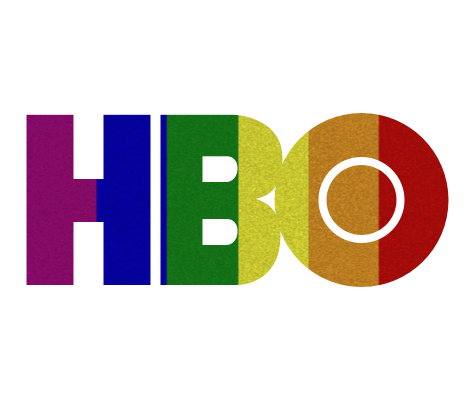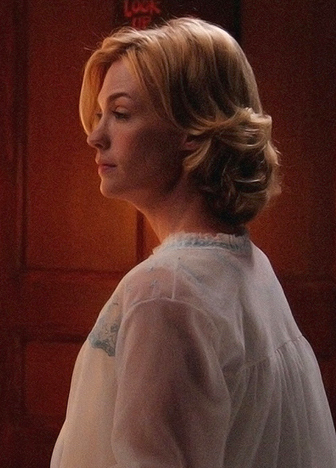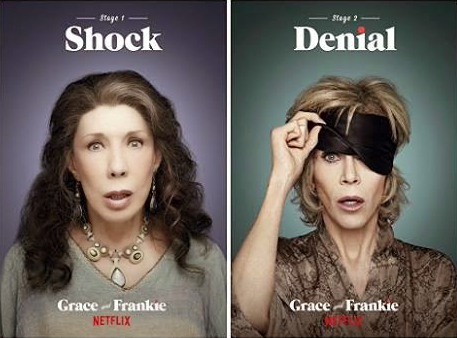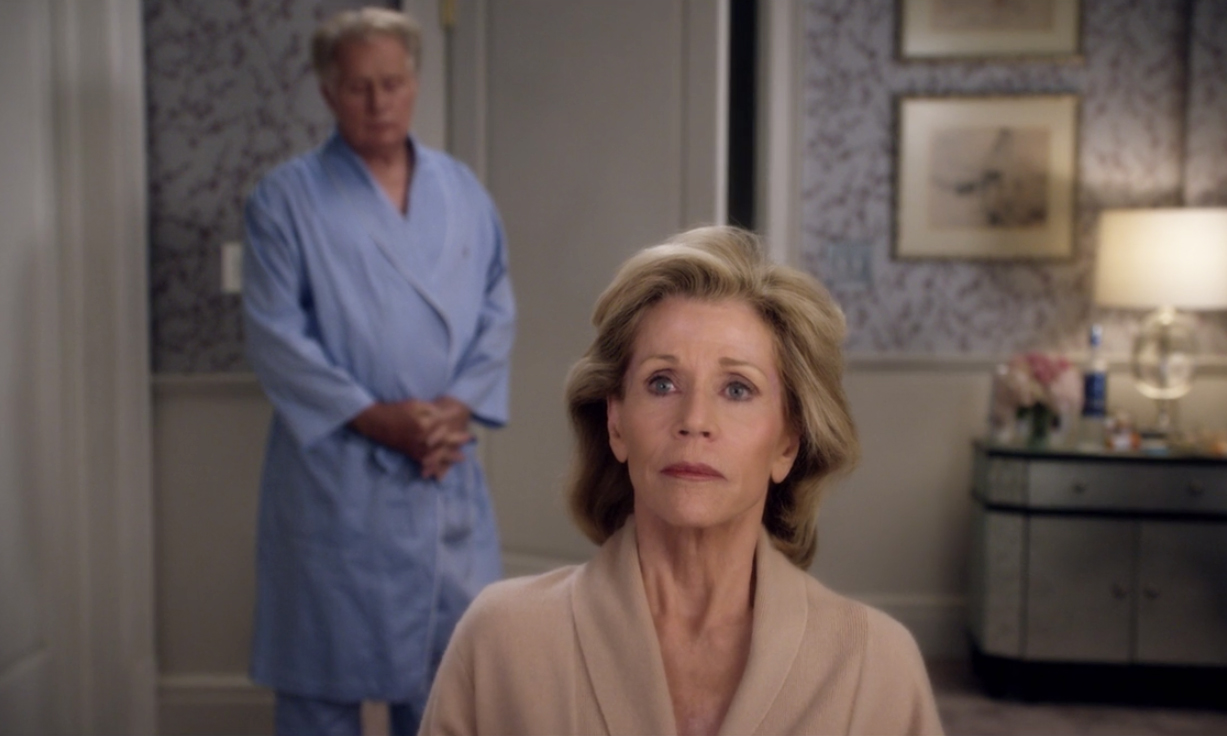HBO’s LGBT History: The Beginning
 Wednesday, May 13, 2015 at 12:38PM
Wednesday, May 13, 2015 at 12:38PM  Manuel here kicking off a mini-series of sorts focusing on HBO's decades-old commitment to telling quality LGBT stories. I spent much of this spring recapping Looking here at The Film Experience and as polarizing as many (both here and elsewhere) found the show, it remained the sole American television show centered on the gay male experience to air last year. As we all know, shortly after the season 2 finale, HBO understandably pulled the plug; the show garnered a mere 0.298 million viewers for that episode, a mere pittance when compared to their Westeros-set hit, but also nearly half of what Lena Dunham’s show metered that same evening. And so, to fill the void and build up to a very gay-friendly upcoming HBO film roster (Queen Latifah’s Bessie, that rumored Matt Bomer/Montgomery Clift biopic, the Looking wrap-up film), we’re diving headfirst into a crafting an oral LGBT history of the network that gave us Patrick, Richie, Kevin, Agustin, and Dom, but which had clearly paved the way for such a show with a long storied list of LGBT stories even before it became the ratings giant it is now.
Manuel here kicking off a mini-series of sorts focusing on HBO's decades-old commitment to telling quality LGBT stories. I spent much of this spring recapping Looking here at The Film Experience and as polarizing as many (both here and elsewhere) found the show, it remained the sole American television show centered on the gay male experience to air last year. As we all know, shortly after the season 2 finale, HBO understandably pulled the plug; the show garnered a mere 0.298 million viewers for that episode, a mere pittance when compared to their Westeros-set hit, but also nearly half of what Lena Dunham’s show metered that same evening. And so, to fill the void and build up to a very gay-friendly upcoming HBO film roster (Queen Latifah’s Bessie, that rumored Matt Bomer/Montgomery Clift biopic, the Looking wrap-up film), we’re diving headfirst into a crafting an oral LGBT history of the network that gave us Patrick, Richie, Kevin, Agustin, and Dom, but which had clearly paved the way for such a show with a long storied list of LGBT stories even before it became the ratings giant it is now.
To say HBO, as a cable provider, as a television network, and as an independent film producer, has changed the media landscape is perhaps a bit of an understatement. Its long-running tagline, “It’s not TV, it’s HBO” spoke to the core of what has made HBO such an institution. Despite various attempts at replicating its successes, HBO remains staunchly and idiosyncratically itself. Netflix and Amazon may be sniping at its heels but with a bucket load of Emmys, a gigantic and zeitgesty fantasy series on hand, and its new streaming service (anyone sign up for HBO Now, yet?), the cable giant is showing no signs of aging.
[Angels in America and Your Requested Participation after the jump...]









